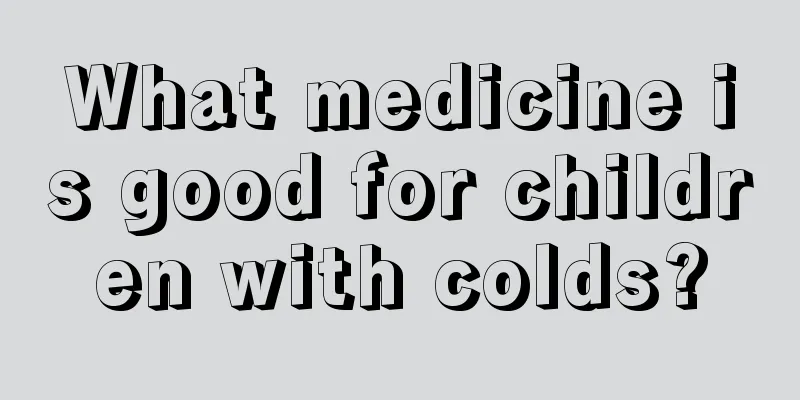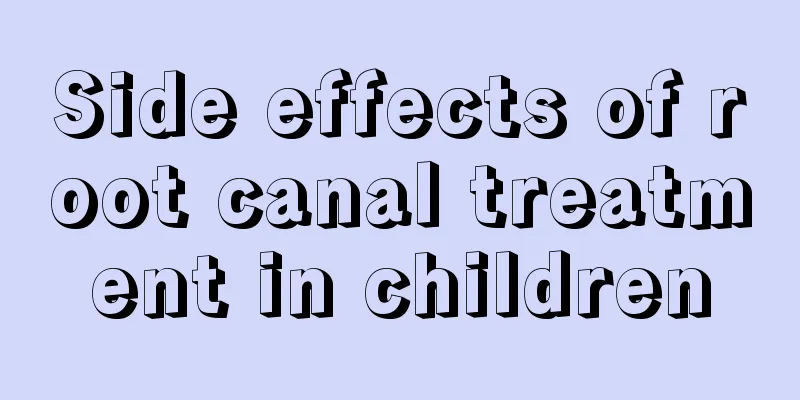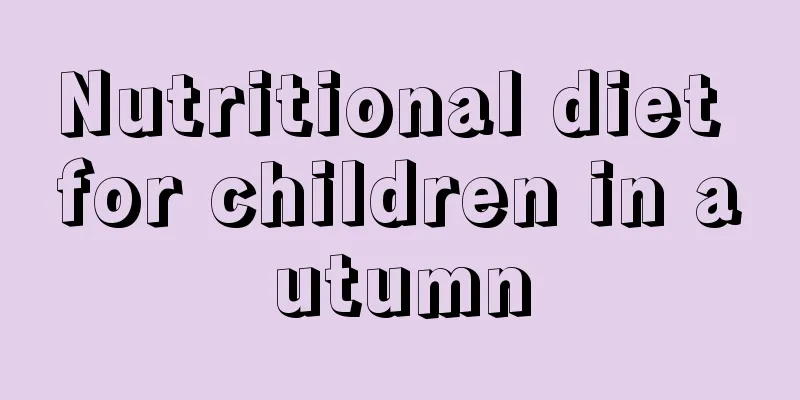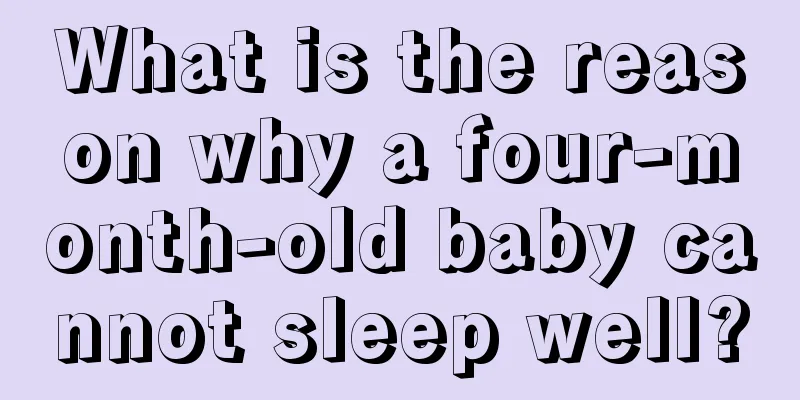Why is my child having trouble breathing?

|
Oxygen is the most important substance for human survival in this world, and breathing is the main way for the human body to exchange oxygen with the outside world. Normal and unobstructed breathing can provide the human body with sufficient oxygen to ensure the normal functioning of various organs in the body. Since children's bodies are not fully developed and their immunity is relatively weak, they often have difficulty breathing. So, what is going on when a child has difficulty breathing? Children sometimes feel difficulty breathing, which may be caused by some disease. There are many diseases that can cause difficulty breathing. The main pathogenesis of dyspnea can be divided into the following five types: 1. Pulmonary dyspnea : caused by respiratory organ lesions, mainly manifested in the following three forms: 1. Inspiratory dyspnea: manifested by wheezing, and depression of the sternum, supraclavicular fossa, and intercostal spaces during inspiration - the three-depression sign. It is common in laryngeal and tracheal stenosis, such as inflammation, edema, foreign bodies and tumors. 2. Expiratory dyspnea: The expiratory phase is prolonged, accompanied by wheezing, which is seen in bronchial asthma and obstructive pulmonary disease. 3. Mixed dyspnea: seen in pneumonia, pulmonary fibrosis, large pleural effusion, pneumothorax, etc. 2. Cardiogenic dyspnea : common in cardiogenic pulmonary edema caused by left ventricular failure. Its clinical characteristics are: 1. The patient has a history of severe heart disease. 2. It is mixed dyspnea, which is more obvious when lying down and at night. 3. Medium and small wet gong sounds may appear at the bottom of the lungs and change with body position. 4. X-ray examination: abnormal changes in the cardiac shadow; congestion in the hilum of the lung and its vicinity or signs of pulmonary edema. 3. Toxic dyspnea : Acidosis caused by various reasons can increase the carbon dioxide in the blood and reduce the pH, stimulate peripheral chemoreceptors or directly excite the respiratory center, increase respiratory ventilation, and manifest as deep and severe dyspnea; respiratory inhibitors such as Poisoning by drugs such as octane and barbiturates can also inhibit the respiratory center, causing shallow and slow breathing. 4. Hematogenous dyspnea : Severe anemia can cause shortness of breath due to a decrease in red blood cells and lack of blood oxygen, especially after activities. In case of massive hemorrhage or shock, ischemia and a drop in blood pressure stimulate the respiratory center and cause dyspnea. 5. Neuropsychiatric and myopathic dyspnea : Severe brain diseases such as encephalitis, cerebrovascular accident, brain tumors, etc. directly affect the respiratory center, resulting in abnormal respiratory rhythm and leading to dyspnea; myasthenia gravis crisis causes paralysis of the respiratory muscles, leading to severe dyspnea; in addition, hysteria can also cause dyspnea attacks, which are characterized by significantly rapid and shallow breathing, because respiratory alkalosis is often accompanied by tetany. |
<<: Does a little girl need to take medicine for vaginal yeast infection?
>>: Is it normal for babies to be breathing rapidly?
Recommend
How to treat hydronephrosis in children
Hydronephrosis is a disease with relatively serio...
What should I do if my baby has a runny nose in summer? Multiple ways to solve
Parents need to pay attention to their baby's...
How to treat 4-month-old baby spitting up milk
The birth of every new life makes our parents ver...
The gap between the front teeth of the child is large after the replacement of teeth
Our teeth are neatly arranged one next to the oth...
What to do if a three-year-old baby gets angry
As autumn is approaching, many children don’t lik...
What causes left ear pain in children?
If a child's left ear hurts, it may be caused...
How to cure anemia in children
Anemia is a relatively common problem. Many child...
Is it normal for a 7-year-old to fart frequently?
Farting is a very common phenomenon in our lives....
What to do if a one-year-old child has a fever
Now many families have only one child, so childre...
What are the six items of pediatric endocrinology?
Whether adults or children, whether male or femal...
What is the cause of the peeling of the child's nails?
Children are the most important people to their p...
At what age does a child begin his rebellious period?
Children have a rebellious period, and there are ...
What medicine should children use for nebulization
If a baby is sick when he is young, it is very tr...
Solutions to abnormal EEG in children
Abnormal EEG in children may be due to some brain...
What to eat when your baby has symptoms of iron deficiency
The main reason why people use iron pans when coo...









